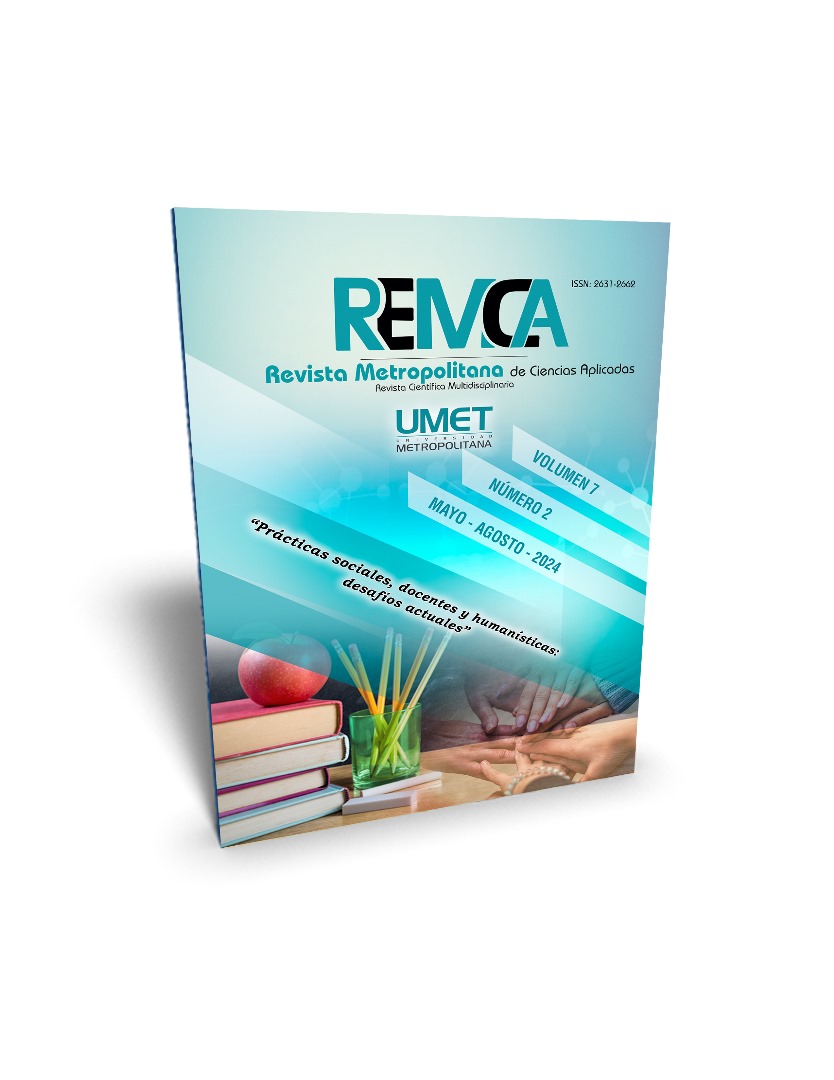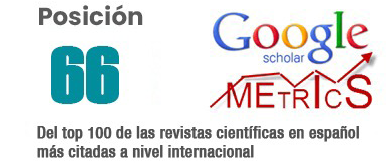The Law degree, face-to-face modality of the Metropolitan University, Guayaquil Headquarters: justification of the curricular structure within the framework of the resizing of the academic offer
DOI:
https://doi.org/10.62452/hn4t6k43Keywords:
Law degree, curricular design, in-person modalityAbstract
Curriculum design is a specialized job that demands expertise and application of regulations, quality standards and monitoring of trends, as guarantees of relevance, relevance and impact of the academic offer. Once the post-pandemic stage began, uncertainty arose at the Metropolitan University in addressing the trends in career study modalities, which demanded a study in context, applying appropriate and reliable methods to determine each scenario based on the particularities of each field of knowledge. In the case of the Law degree, the background of the previous curriculum, infrastructure, level of enrollment, demand, relevance and offer at the national level was analyzed, which led to the presentation of a new degree design in person modality approved by the Council of Higher Education in 2023. This article presents the justification of the curricular structure of the new academic offer corresponding to the Law degree, in-person modality at the Guayaquil Headquarters of the Metropolitan University.
Downloads
References
Ecuador. Asamblea Nacional. (2008). Constitución de la República del Ecuador. Registro Oficial 449. https://www.oas.org/juridico/pdfs/mesicic4_ecu_const.pdf
Ecuador. Asamblea Nacional. (2010). Ley Orgánica de Educación Superior. Registro Oficial 298 . https://www.gob.ec/regulaciones/ley-organica-educacion-superior
Ecuador. Consejo de Educación Superior; Secretaría de Educación Superior, Ciencia e Innovación,: Consejo de Aseguramiento de la Calidad de la Educación Superior. (2022). Plan de Desarrollo de la Educación Superior, 2022-2026.
Ecuador. Consejo de Educación Superior. RPC-SO-34- No. 618-2017, de fecha 20 de septiembre de 2017.
Ecuador. Consejo de Educación Superior RPC-SE-11-No.108-2020, de fecha 22 de julio de 2020.
Ecuador. Consejo de Educación Superior. RPC-SO-34-No.572-2023 de fecha 23 de agosto de 2023.
Ecuador. Consejo de Educación Superior. Resolución RPC-SO-37-No.650-2023 del CES, del 13 de septiembre de 2023
Ecuador. Secretaría Nacional de Planificación. (2021). Plan de Creación de Oportunidades 2021-2025. https://www.planificacion.gob.ec/wp-content/uploads/2021/09/Plan-de-Creacio%CC%81n-de-Oportunidades-2021-2025-Aprobado.pdf
Ecuador.Secretaría de Educación Superior, Ciencia, Tecnología e Innovación. (2021). Informe técnico sobre la concentración de oferta académica de tercer y cuarto nivel en el país – segundo semestre 2021. SENESCYT No. de informe: SIES-DGATCN-ITEXT-2021-034. Oficio Nro. CES-SG-2022-0058-O de fecha 19 de enero de 2022.
Socorro Torres, L. (2022) Diagnóstico para la Estrategia Académica de Tercer Nivel. Facultad de Ciencias Sociales, Humanidades y Educación. Consultoría evaluación Interna y proyectos de carreras y programas FCSHE, UMET.
UMET. (2023). Estatuto de la Universidad Metropolitana. Resolución No. 104-UMET- CAS-SE-03-2023 de fecha 6 de noviembre de 2023.
UMET. (2023) Informe sobre estructura curricular de la carrera de Derecho. Comisión Temporal de Oferta Académica de Derecho, Matriz Guayaquil.
UMET. (2019). Modelo Educativo y Pedagógico. https://www.umet.edu.ec/wp-content/uploads/2020/11/UMET-MODELO-EDUCATIVO-Y-PEDAGOGICO-2019-CR.pdf
UMET. OFICIO No. UMET-VAC-2022-15 de fecha 26 de enero de 2022 del Vicerrector Académico
UMET. (2020) Plan Estratégico de Desarrollo Institucional 2020-2025. Resolución Nº. 001-UMET-CAS-SO-01-2020. https://umet.edu.ec/wp-content/uploads/2019/02/UMET-PEDI-2020-2025-CR.pdf
Downloads
Published
Issue
Section
License
Copyright (c) 2024 Yailen Monzón-Bruguera, Lianet Goyas-Céspedes (Autor/a)

This work is licensed under a Creative Commons Attribution-NonCommercial-ShareAlike 4.0 International License.
Authors who publish in Revista Metropolitana de Ciencias Aplicadas (REMCA), agree to the following terms:
1. Copyright
Authors retain unrestricted copyright to their work. Authors grant the journal the right of first publication. To this end, they assign the journal non-exclusive exploitation rights (reproduction, distribution, public communication, and transformation). Authors may enter into additional agreements for the non-exclusive distribution of the version of the work published in the journal, provided that acknowledgment of its initial publication in this journal is given.
© The authors.
2. License
The articles are published in the journal under the Creative Commons Attribution-NonCommercial-ShareAlike 4.0 International License (CC BY-NC-SA 4.0). The terms can be found at: https://creativecommons.org/licenses/by-nc-sa/4.0/deed.en
This license allows:
- Sharing: Copying and redistributing the material in any medium or format.
- Adapting: Remixing, transforming, and building upon the material.
Under the following terms:
- Attribution: You must give appropriate credit, provide a link to the license, and indicate if any changes were made. You may do this in any reasonable manner, but not in any way that suggests the licensor endorses or sponsors your use.
- NonCommercial: You may not use the material for commercial purposes.
- ShareAlike: If you remix, transform, or build upon the material, you must distribute your creation under the same license as the original work.
There are no additional restrictions. You may not apply legal terms or technological measures that legally restrict others from doing anything the license permits.




